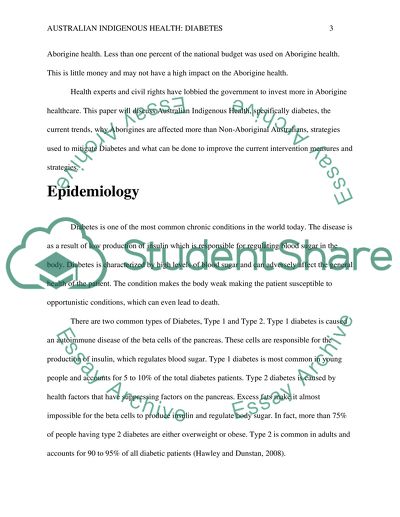Cite this document
(“Indigenous Australian and Diabetes Essay Example | Topics and Well Written Essays - 3500 words”, n.d.)
Indigenous Australian and Diabetes Essay Example | Topics and Well Written Essays - 3500 words. Retrieved from https://studentshare.org/nursing/1487878-indigenous-australian-and-diabetes
Indigenous Australian and Diabetes Essay Example | Topics and Well Written Essays - 3500 words. Retrieved from https://studentshare.org/nursing/1487878-indigenous-australian-and-diabetes
(Indigenous Australian and Diabetes Essay Example | Topics and Well Written Essays - 3500 Words)
Indigenous Australian and Diabetes Essay Example | Topics and Well Written Essays - 3500 Words. https://studentshare.org/nursing/1487878-indigenous-australian-and-diabetes.
Indigenous Australian and Diabetes Essay Example | Topics and Well Written Essays - 3500 Words. https://studentshare.org/nursing/1487878-indigenous-australian-and-diabetes.
“Indigenous Australian and Diabetes Essay Example | Topics and Well Written Essays - 3500 Words”, n.d. https://studentshare.org/nursing/1487878-indigenous-australian-and-diabetes.


